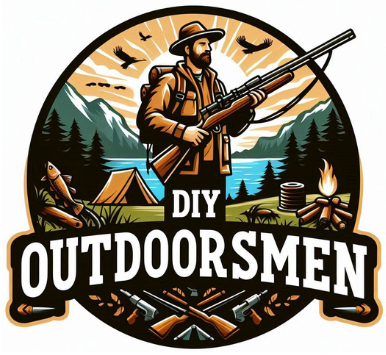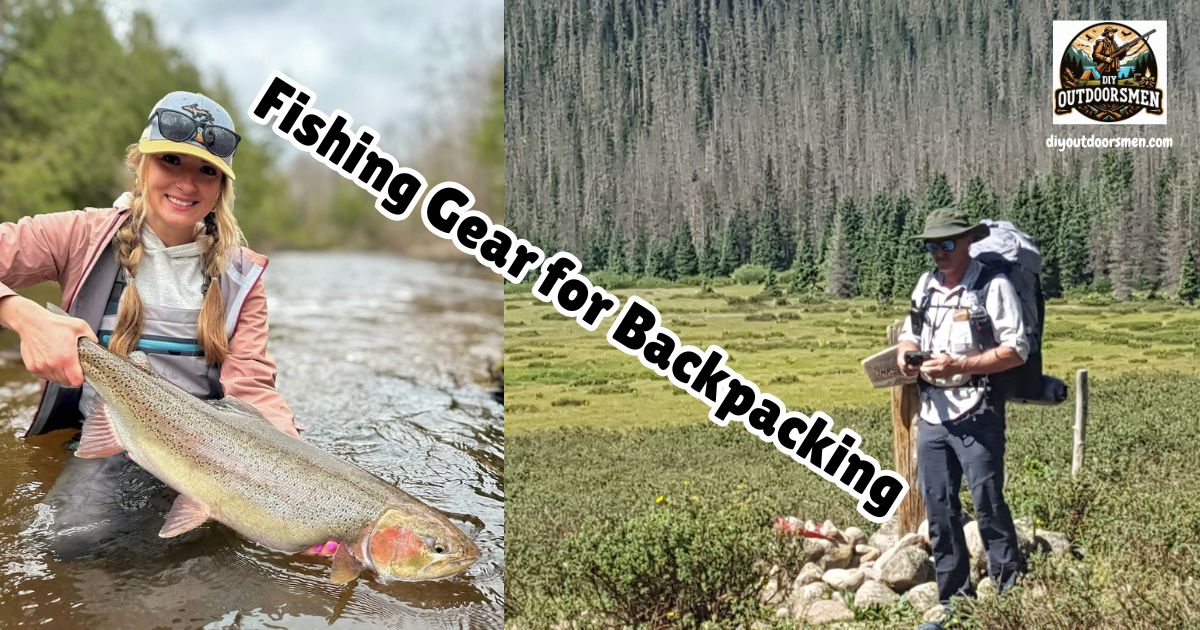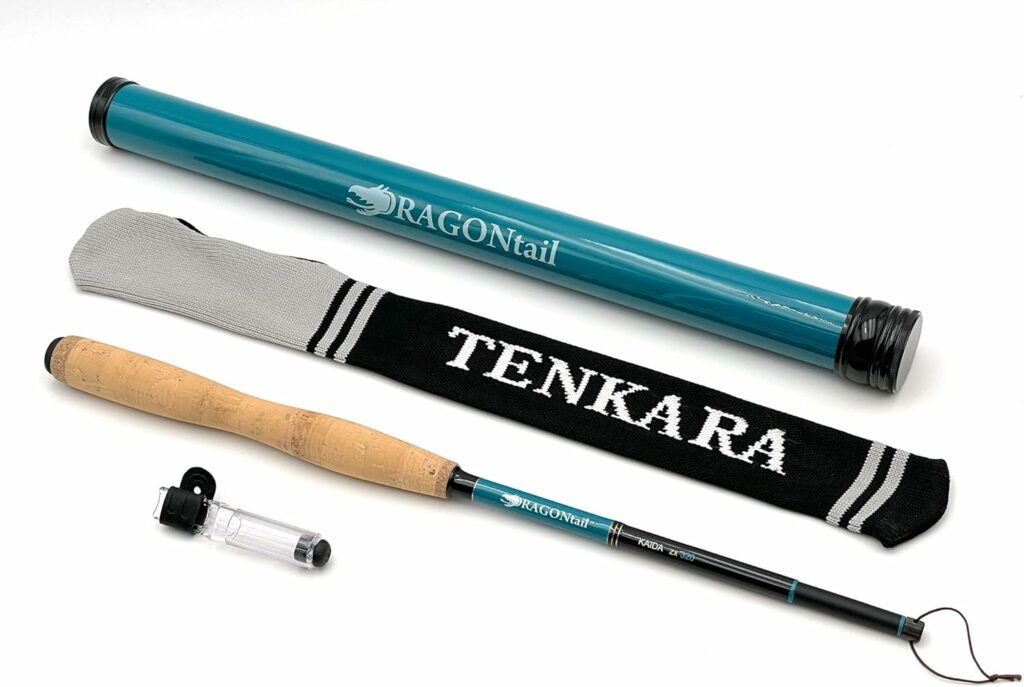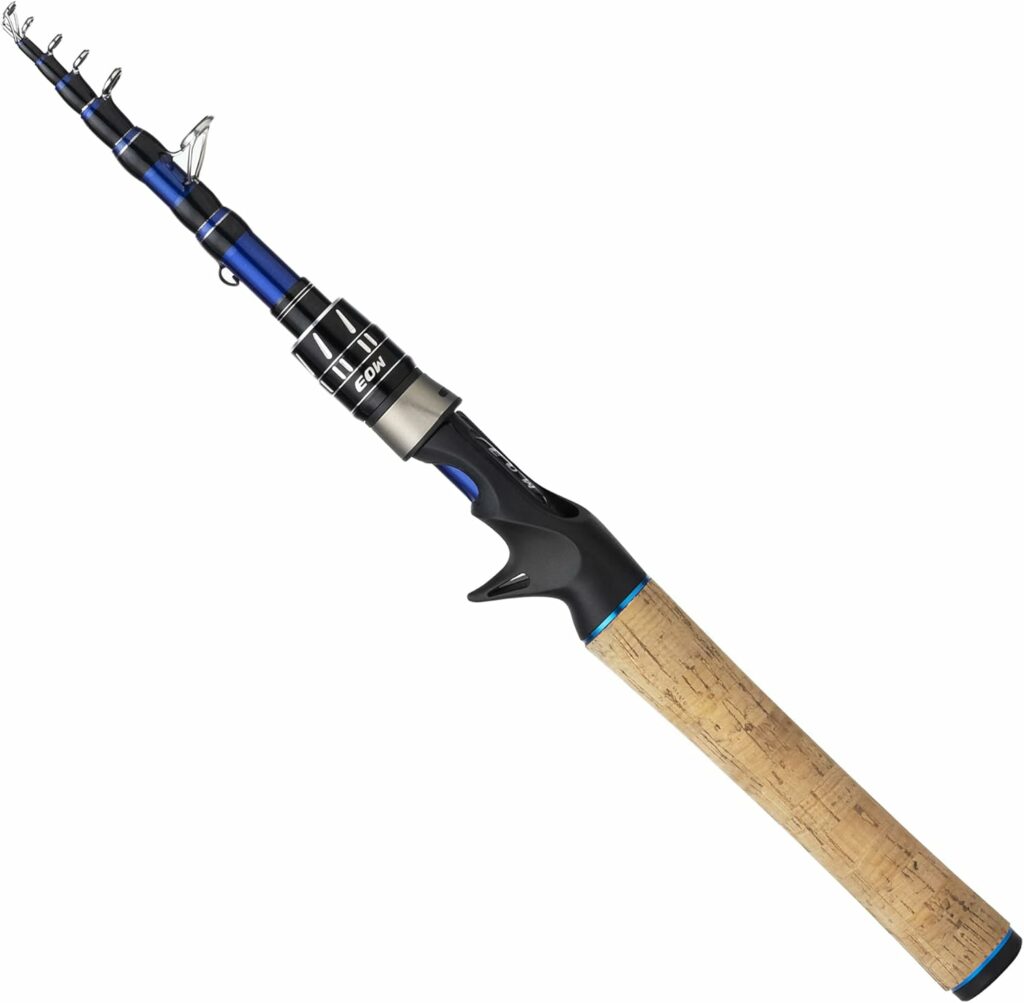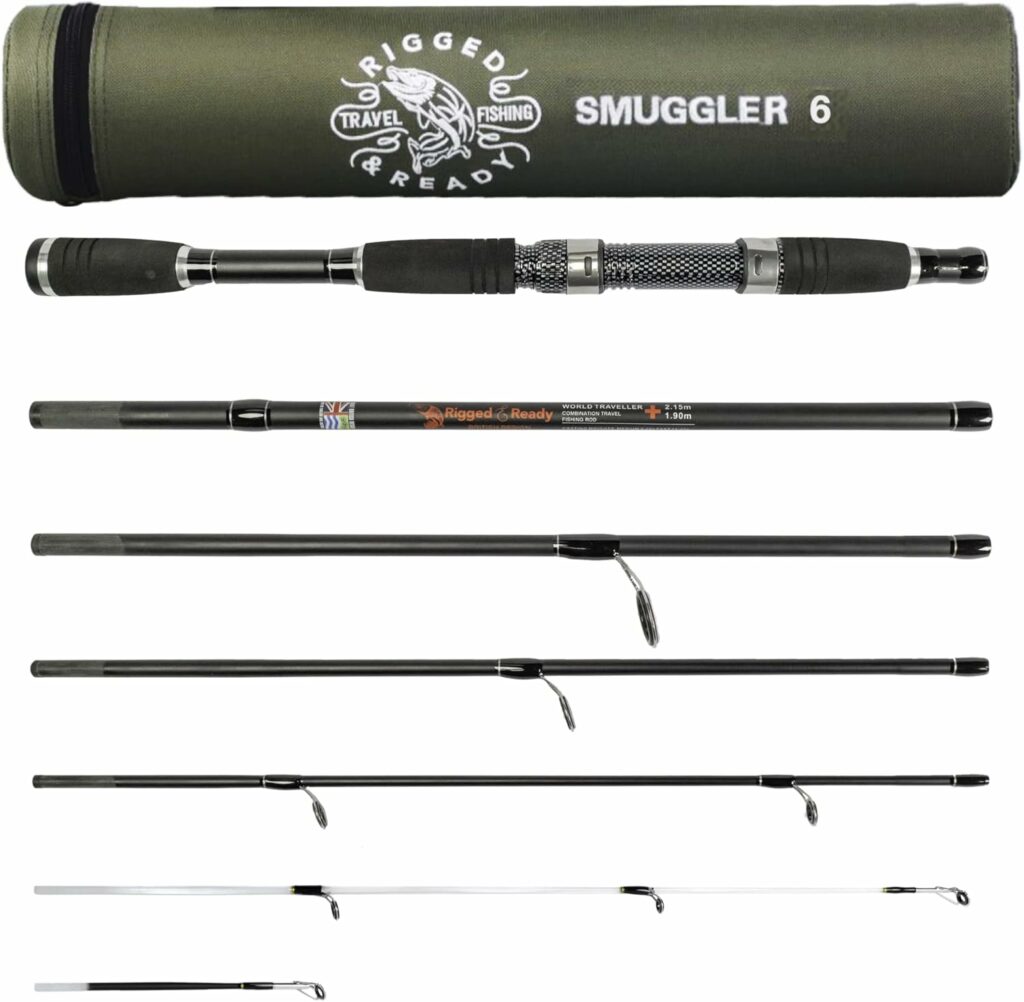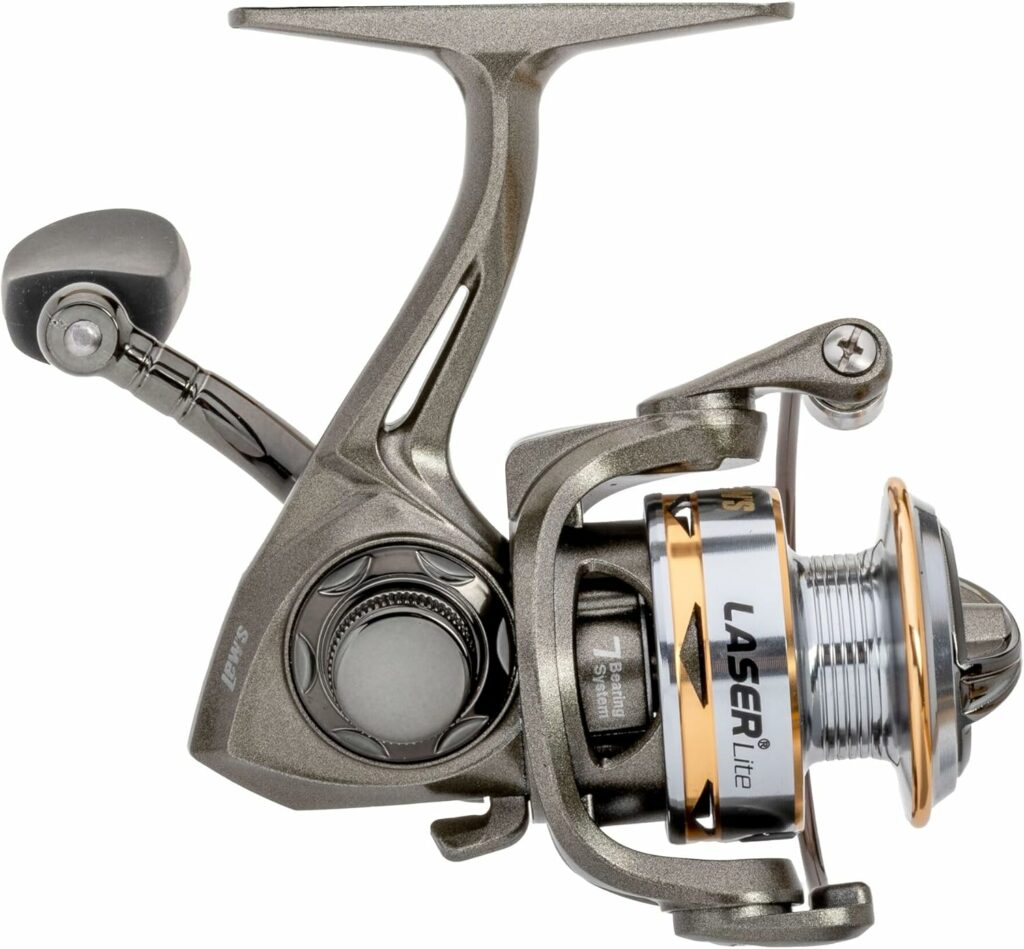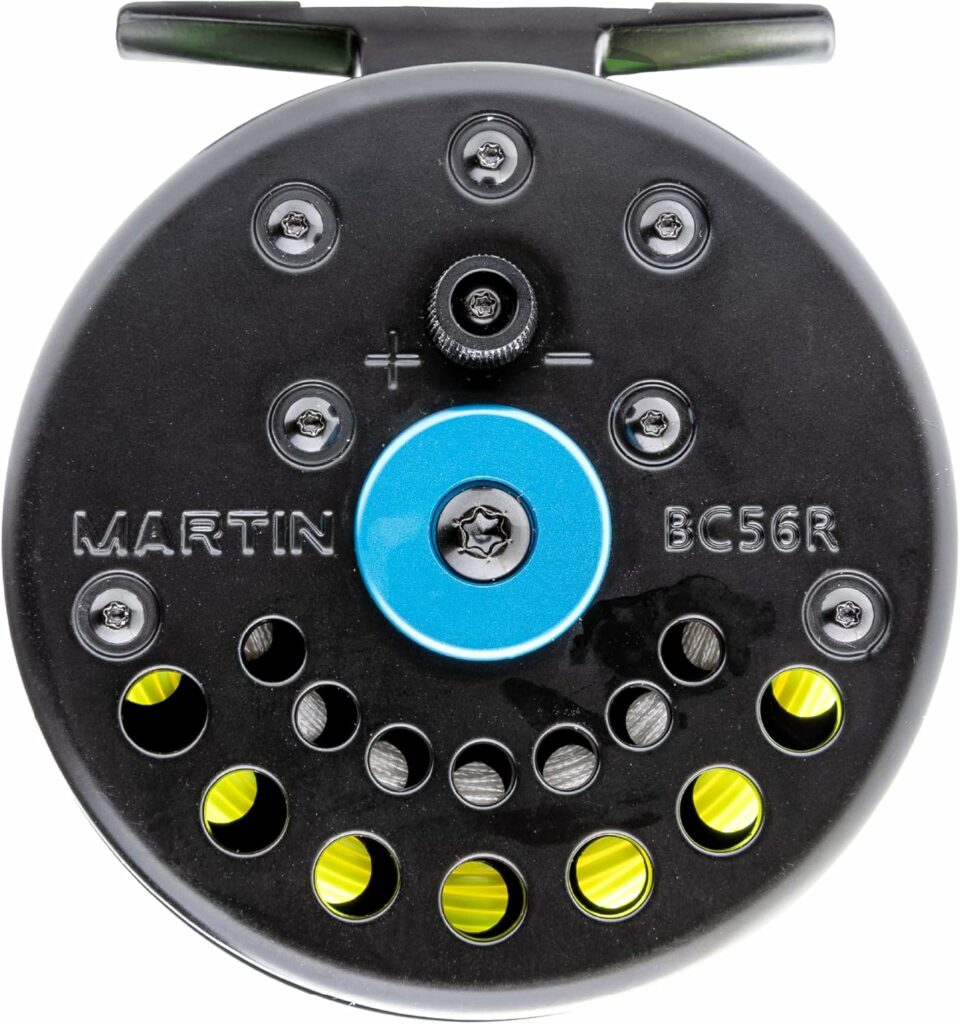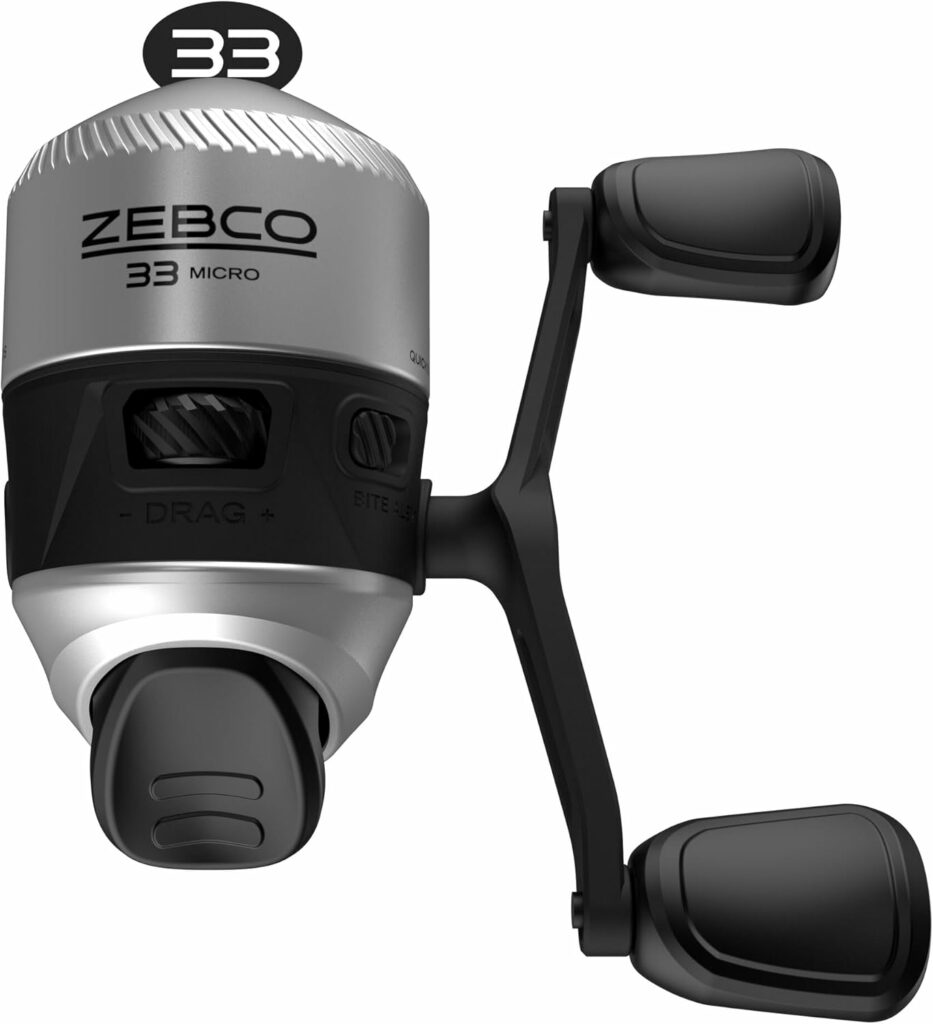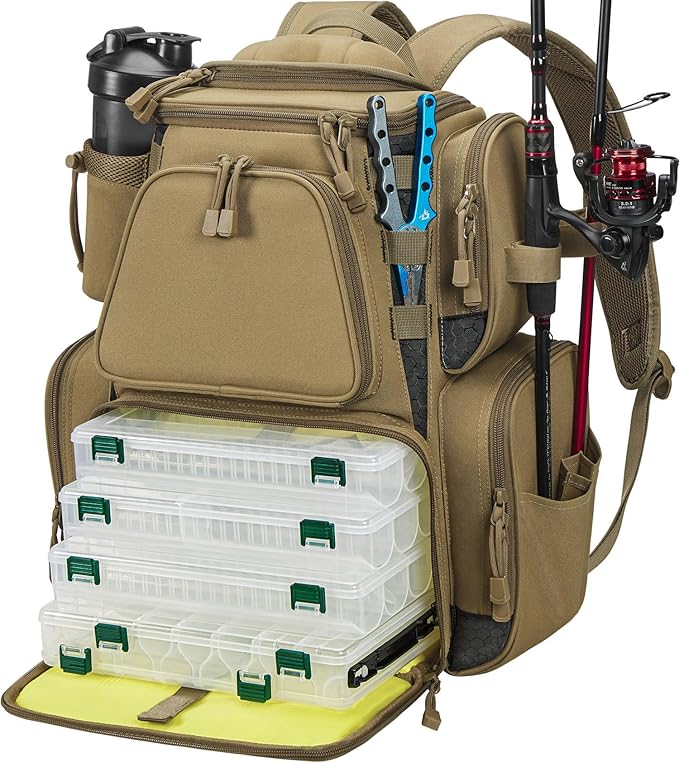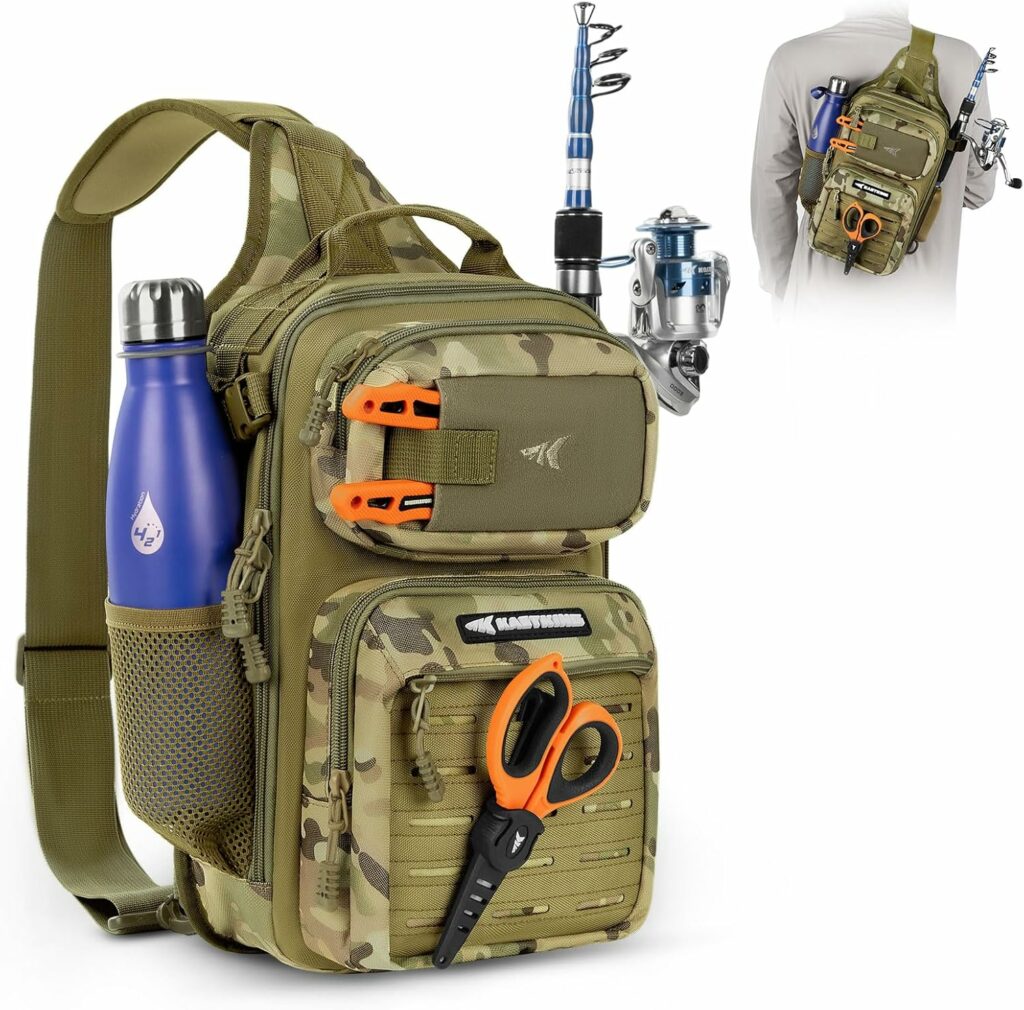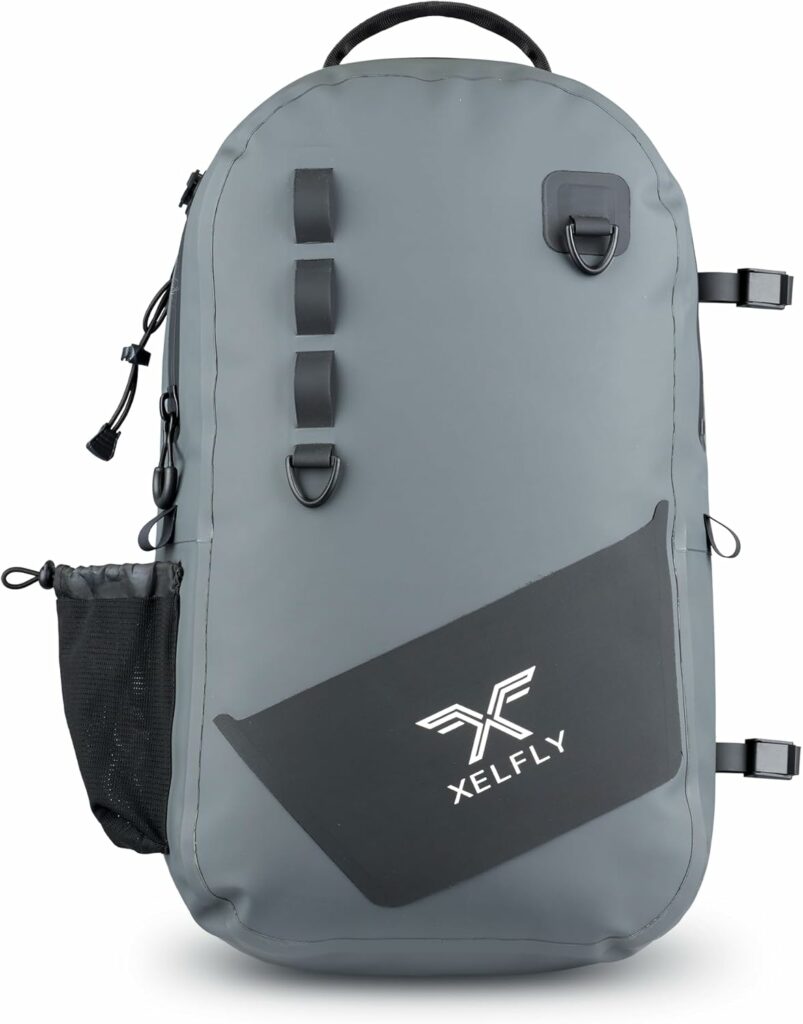Contents
- 1 Core Fishing Gear For Backpackers
- 2 Choosing the Right Fishing Rod
- 3 Reels for Lightweight Fishing
- 4 Backpacks and Fishing Gear Storage
- 5 Essential Fishing Gear Accessories to Bring Along
- 6 Tips For Packing and Using Fishing Gear While Backpacking
- 7 Troubleshooting Common Backpacking Fishing Problems
- 8 Backpacking Fishing Gear: Practical Uses and Good Destinations
- 9 Frequently Asked Questions
- 10 Gearing Up for Backpacking and Fishing
Fishing while backpacking gives me a special kind of freedom. Nothing beats casting a line into a quiet stream after a long day on the trail. To pull this off, I need compact, lightweight fishing gear that fits easily in my pack.
QUICK LOOK: Fishing Gear for Backpacking Tips
- Pick lightweight, compact gear made from durable materials.
- Keep everything organized so I don’t waste time digging for the right item.
- Double-check that my gear is weather-resistant or easily protected from rain and water.
- Test my setup at home before heading out to make sure everything works and fits in my bag.
- Secure rods and reels inside my pack with padding or clothing to prevent damage.
- Check local fishing rules before my trip, including license needs and any catch limits. Apps and state websites are really helpful for this.
- Look up specific fish species in my destination so I can pick the best lures or flies ahead of time.
Getting my setup right from the start makes my outdoor adventures more fun and a whole lot less stressful. Here, I’ll walk you through picking the best fishing gear for backpacking, what to include, and some tips for making the most out of your time on the water.
Core Fishing Gear For Backpackers
When I’m packing fishing gear for a backpacking trip, weight and packability are at the top of my list. Carrying too much or having bulky gear just makes hiking tougher. The fishing gear market offers some clever options that help me keep my kit both light and functional.
Deciding whether I want to fly fish, spin fish, or just try my luck with a super basic setup helps narrow things down right away. I also make sure my choices match the types of fish I expect to find at my destination. Sometimes, stream fishing only needs a lightweight rod and a tin of flies.
For lakes, a compact spinning rod does the job. With careful picks, I can cover lots of fishing styles without lugging too much extra weight. In addition, picking gear that matches both the species and the environment helps me avoid packing unnecessary items, making every ounce count on longer hikes.
Choosing the Right Fishing Rod
The fishing rod is the heart of my backpacking fishing kit. I always look for something light, quick to set up, and able to tuck away in my pack. Over the years, I’ve tried a few rod styles that work especially well for backpacking:
- Tenkara Rods: Tenkara rods are a minimalist dream. They collapse down small and are super light; some weigh less than 3 ounces. They don’t use a reel, which cuts even more weight. I find these perfect for mountain streams or when I want to move fast and fish small waters.
- Telescopic Rods: These slide into a compact size for packing, then extend to full length when I reach the water. Good models handle small lures or bait, making them versatile for most backpacking trips.
- Travel Spinning Rods: Multipiece spinning rods break down into two, three, or four parts. They handle a range of lures and are good if I plan to fish for trout or bass in lakes and slower-moving rivers. I prefer rods that come with a strong tube or sleeve for protection in my pack.
- Pocket Rods: These ultracompact rods can sometimes fit in a jacket pocket, making them handy for those quick fishing opportunities that pop up along the trail.
- Ice Fishing Rods: Short, tough ice rods also work for backpacking since they’re strong and don’t take up much space. I bring one when I expect to fish tight spots or brushy creeks.
Picking the right rod isn’t just about weight or length; it’s also about the kind of fishing experience you want. If you enjoy the simplicity of fly fishing and don’t want to hassle with a reel, a Tenkara rod shines. On the other hand, if you prefer more traditional gear or want to cast heavier lures, a telescopic or multipiece spinning rod is a better choice. I always consider what I’ll most likely meet on the water before making my pick.
Reels for Lightweight Fishing
A reel adds some weight to my kit, but the right one keeps things simple and easy to pack. Here are the options I’ve found work best for backpacking environments:
- Lightweight Spinning Reels: Compact spinning reels handle all sorts of lures and line weights, making them perfect for people like me who like a bit of variety. I look for reels under 8 ounces, with smooth drag systems so they don’t let me down if I hook a bigger fish.
- Click and Pawl Fly Reels: For backcountry fly fishing, these reels are basic and light. They’re fine for smaller fish and pair nicely with lightweight or Tenkara-inspired rods.
- Pocket Fishing Reels: Some ultracompact reels pair with telescopic or pocket rods, letting me fish almost anywhere without much gear. I always check reviews, as quality can vary.
For longer treks where every ounce matters, sometimes skipping the reel altogether and going for Tenkara-style fishing frees up pack space. But for more diverse waters or bigger fish, a spinning reel earns its keep by letting me fish a broader range of lures and techniques with confidence.
Backpacks and Fishing Gear Storage
Having a way to organize and protect my fishing tackle saves me time and keeps things from getting lost or broken. My first priority is a backpack or sling bag with enough room for both hiking and fishing gear. Here’s what I often use:
- Fishing Backpacks: Designed with fishing in mind, these bags have multiple compartments for lures, reels, snacks, and even a water bladder. I pick lightweight versions with padded shoulder straps for comfort.
- Tackle Sling Bags: A sling bag sits across my chest and gives fast access to tackle. These are great for shorter trips and when I only need the basics.
- Backpacks With Tackle Trays: Some specialized fishing backpacks come with stackable tackle trays. This makes it easy to see all my gear and swap things out as my fishing plans change.
- Waterproof Backpacks: Weather can change quickly in the mountains, and I want to keep my gear dry. A waterproof or water-resistant bag provides peace of mind when hiking through rain or crossing streams.
Regardless of the exact bag, I always use smaller zip pouches or boxes inside the bigger compartment to organize things like hooks, flies, and spare line. It may seem simple, but having dedicated spaces means I’m less likely to lose important items right when I need them most. For those just starting, consider bags with adjustable compartments or modular designs; they grow along with your experience.
Essential Fishing Gear Accessories to Bring Along
Packing the right accessories makes a real difference for my trips. I keep things simple but cover all the basics for safety, comfort, and more bites. Here’s what I always bring in my pack:
- Fly Box: Small box for flies, streamers, and micro lures.
- Flies: A mix of wet and dry flies suited to the area I’m fishing.
- Tippet: I carry several sizes to match different flies or lures. I usually take 3x and 5x for trout.
- Leaders: Pretied leaders are easy to swap out if one snaps or frays.
- Floatant and Desiccant: Floatant keeps my dry flies on top, and desiccant dries them after use.
- Split Shot: Tiny lead weights help me get flies deeper, especially in fast-moving water.
- Polarized Sunglasses: These help me see fish and avoid glare; well worth the space they take up.
- Fishing Line: I toss in a spare spool in case my main line breaks or gets tangled.
- Fishing Pliers: A multitool or small set of pliers for hook removal and adjusting tackle.
- Small First Aid Kit: Simple supplies for cuts, hook scrapes, or blisters.
I sometimes add a tiny thermometer, bite indicators, or a compact fishing license holder, depending on the location and regulations. This keeps me prepared without piling on extras that rarely see use.
Tips For Packing and Using Fishing Gear While Backpacking
Getting my fishing gear trail-ready takes a little thought. Here are some things I’ve learned through personal experience that help me get the most from my gear without carrying any dead weight:
- Pick lightweight, compact gear made from durable materials.
- Keep everything organized so I don’t waste time digging for the right item.
- Double-check that my gear is weather-resistant or easily protected from rain and water.
- Test my setup at home before heading out to make sure everything works and fits in my bag.
- Secure rods and reels inside my pack with padding or clothing to prevent damage.
- Check local fishing rules before my trip, including license needs and any catch limits. Apps and state websites are really helpful for this.
- Look up specific fish species in my destination so I can pick the best lures or flies ahead of time.
Extra tip: Minimalism is key. If I can use one item for multiple needs, like a multitool for both cooking and fishing, it saves both space and weight in my pack. Practicing packing before my trip also helps me spot what I truly need versus what just seems handy in the moment. And remember, swapping gear with friends or learning from fellow backpack anglers often unearths clever solutions I wouldn’t have thought of alone.
Finding the Right Balance of Gear and Weight
Every ounce in my backpack matters, especially after a few miles on the trail. I cut down on duplicates and skip any nonessential tools, focusing on versatile gear. If I’m fishing streams, a Tenkara rod, a small fly box, and a tippet spool are enough. For lake trips, I might add a spinning rod and some lightweight lures. Practice helps me decide exactly what to include for each kind of trip.
Most of the time, I ask myself, “What gear have I used on my last few outings?” If an item has stayed buried in my pack for three trips, it doesn’t earn a spot for the next adventure. Working with this mindset not only keeps my load manageable but also boosts my enjoyment—less stuff means less to worry about and more time spent fishing or hiking.
Troubleshooting Common Backpacking Fishing Problems
No trip is perfect, and I’ve run into a few recurring challenges while backpack fishing. Here are some real-world problems and the quick fixes that have helped me:
- Broken or Bent Rods: Collapsible rods are sturdy, but sometimes rough trails or falls cause breaks. I store my rod in the center of my pack or wrap it in extra clothing as a cushion.
- Knot Tying: Cold fingers or wind make tying small knots tricky. Pretying some leaders and practicing simple knots at home saves time and frustration on the water.
- Lost or Tangled Tackle: I keep hooks and weights in a small tackle box with separate sections. This avoids messes and makes sure I have what I need.
- Unexpected Weather: I’ve been caught in rainstorms more than once. Storing gear in dry bags or using zip-top bags inside my backpack keeps everything protected.
Having a backup plan—or at least some duct tape and an extra leader—makes all the difference when something goes sideways. These simple solutions keep a setback from derailing the rest of my day.
Backpacking Fishing Gear: Practical Uses and Good Destinations
Being able to fish during a backpacking trip adds real value to my outdoor experiences. With the right kit, I can:
- Catch trout in cold mountain streams, which can turn a regular hike into a memorable adventure.
- Fish quiet lakes at sunrise or sunset, with just enough tackle for a few casts before moving on.
- Try something new, like fly fishing or ultralight spinning, without heavy equipment weighing me down.
I’ve used this setup in the Sierra Nevada, the Rockies, and even small state park lakes close to home. Each place has something unique to offer, and a little planning always makes the fishing part of my trip more rewarding. Plus, meeting other anglers on the trail often leads to swapping stories, fishing tips, and sometimes even trading lures. It’s a great way to build connections while exploring new waters.
If you’re new to combining backpacking and fishing, start with a day hike near home. Practice packing, casting, and even cooking up a fresh catch over your camp stove. With each outing, you’ll dial in your setup and gain confidence for longer (or wilder) adventures.
Frequently Asked Questions
Anyone starting with backpacking fishing is bound to have a few questions. Here are answers to what I get asked most often:
What’s the best lightweight fishing rod for backpacking?
Based on my experience, a Tenkara rod or a compact telescopic spinning rod gets the job done for most trails and water types.
How do I keep my fishing gear from getting damaged in my backpack?
I recommend wrapping rods and reels in soft clothes, placing them towards the center of my bag, and using hard cases when possible.
Do I need a fishing license while backpacking?
Almost always, yes. I double-check online before my trip, as rules and costs vary by state or region.
Gearing Up for Backpacking and Fishing
Wrapping up, combining backpacking and fishing brings new layers of fun and challenge to any outdoor adventure. With smart planning, the right gear, and a willingness to adapt, fishing on the trail becomes a highlight you’ll look forward to on every hike. Safe travels and tight lines!
Most Recent Articles:
- 14 Tips And Tactics For Public Land Mule Deer Hunting

- 6 Features of Waterproof Ground Blinds For Wet-condition Elk Hunting
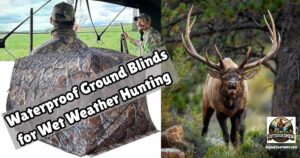
- 4 of the Best DIY Elk Hunting Areas In Colorado

- 8 Tips for Choosing the Best DIY Elk Hunting States

- 5 Hunting Gear Packing List Essentials For DIY Trips

- 7 Tips For Hunting The Elk Migration

As always, stay safe, enjoy the journey, and please try to leave it cleaner than you found it. If you have any comments, questions, ideas, or suggestions, please leave them in the comment section below, and I’ll get back to you ASAP. You can follow us on YouTube: Man Art Creations for videos of our DIY Adventures.
P.S. Thanks so much for checking out our blog; we really appreciate it. Just so you know, we may receive a commission if you click on some of the links that appear on our site. This helps us keep our content free and up-to-date for everyone. We appreciate your support!
